Product added to compare.

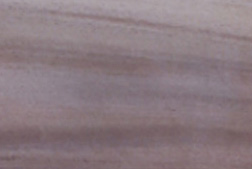
ORIGIN: Africa, Asia or South America
DESCRIPTION: It has a density of 640 kg/m3. Its color ranges from yellow to brown
RECOMMENDATIONS: Although its straight fiber favors its workability, its hardness complicates it.
USE: It is used for woodturning, to build exterior and interior furniture, to make floors, etc.
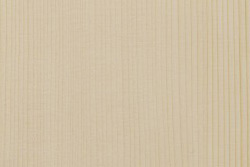
ORIGIN: Northwest of America and Eastern Canada
DESCRIPTION: Density 400-500 kg/m3
RECOMMENDATIONS: Easy to work, as long as there are no knots present
USE: Musical instruments soundboards. Construction lumber, crates, millwork
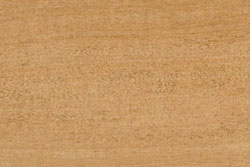
ORIGIN: Cameroon
DESCRIPTION: Light brown colour. Density 420 Kg/m3
RECOMMENDATIONS: Very similar to genuine mahogany
USE: Guitar neck, backs & sides Electric guitar & bass body
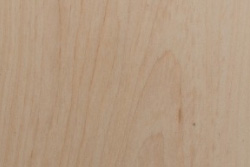
ORIGIN: Europe
DESCRIPTION: Density 500-550 kg/m3
RECOMMENDATIONS: Machinery is done without much difficulty, but tools should be very sharp
USE: Electric guitar bodies and bass guitar bodies

ORIGIN: Asia
DESCRIPTION: Density 1100-1300 kg/m3
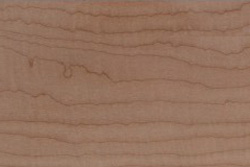
ORIGIN: North America
DESCRIPTION: Density 630-700 kg/m3
RECOMMENDATIONS: Cutting and sanding can be difficult. Suitable for steam bending
USE: Electric Bass guitar tops and Electric Guitar tops

ORIGIN: Brazil
DESCRIPTION: Dark brown colour. Density 1100 Kg/m3
RECOMMENDATIONS: Great look and acoustic qualities
USE: Guitar backs & sides Xylophone
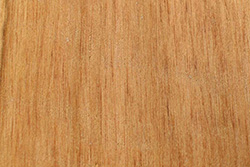
ORIGIN: Europe
DESCRIPTION: It has a density of 830 Kg/m3
RECOMMENDATIONS: This wood that has a medium hardness and has a bending resistance when it has a natural drying
USE: It is ideal for lathe and carving.
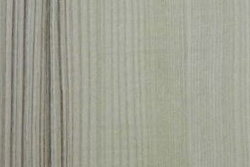
ORIGIN: North America
DESCRIPTION: Density 660 kg/m3
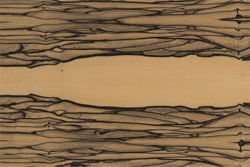
ORIGIN: South East Asia
DESCRIPTION: Density 825 kg/m3.
RECOMMENDATIONS: Easy machining, gluing and finished. Generally, works and turns well
USE: Laminated guitar backs and sides. “Cajones flamencos”
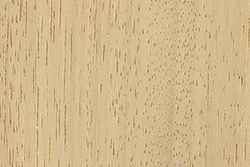
ORIGIN: East and Central Africa.
DESCRIPTION: Light wood with a density of 380 kg/m3.
RECOMMENDATIONS: Generally easy to work, although the interlocked grain may cause some rough surfaces in some machining operations. Carves, stains, glues and finishes well.
USE: Mainly used in instrument reinforcements, also known as chainplates, sills or kerfings.

ORIGIN: Fagus Sylvatica
DESCRIPTION: Brown light colour.
RECOMMENDATIONS: Very nice looking.
USE: Guitar backs & sides
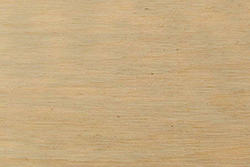
ORIGIN: Europe
DESCRIPTION: It has a density of 640-670 Kg/m3.
RECOMMENDATIONS: This wood that has a medium hardness and has a bending resistance when it has a natural drying.
USE: It is ideal for lathe and carving.
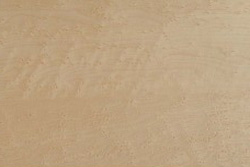
ORIGIN: North America
DESCRIPTION: Density 630-700 kg/m3
RECOMMENDATIONS: Sawing and machinery are difficult. It is hard to plane
USE: Electric guitar bodies and bass guitar bodies. Guitar backs and sides
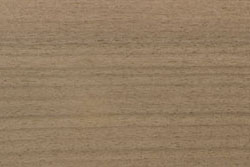
ORIGIN: USA
DESCRIPTION: Dark brown. Density 550 – 660 Kg/m3
RECOMMENDATIONS: Affordable wood with good acoustics
USE: Guitar backs & sides
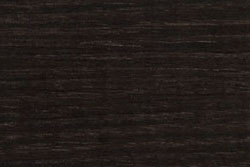
ORIGIN: Mozambique, Tanzania
DESCRIPTION: Black colour. Density 1250 – 1300 Kg/m3
RECOMMENDATIONS: Highly valued because of its acoustic properties. Nice finish and easy to turn.
USE: Woodwinds
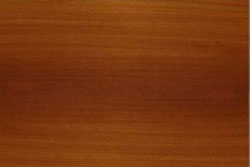
ORIGIN: Brazil
DESCRIPTION: A bright, vivid red. Colour can darken to a darker brownish red over time with exposure to light and air. Density 1.195 Kg/m3.
USE: Back and sides

ORIGIN: Mexico
DESCRIPTION: Density 950-1200 Kg/m3
RECOMMENDATIONS: Bocote is easily worked and machined with good results
USE: Guitar backs and sides, headplates, fingerboards and bridges
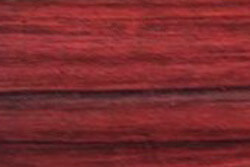
ORIGIN: Madagascar
DESCRIPTION: Density 930 kg/m3. Reddish, purplish heartwood; with marked streaks.
RECOMMENDATIONS: Oil finishes should be avoided unless you want to darken the wood to an almost black color.
USE: Guitar backs, wind instruments and wood for lathe.

ORIGIN: Spain
DESCRIPTION: White colour. Density 900 – 1030 Kg/m3
RECOMMENDATIONS: Great sound properties Stains easy in humid atmosphere
USE: Woodwinds
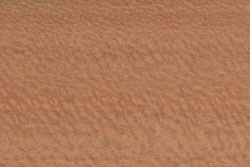
ORIGIN: South America Tropical.
DESCRIPTION: Density: 885 kg/m3.

ORIGIN: Argentina
DESCRIPTION: Light Brown colour with dark grain. Density 950 Kg/m3
RECOMMENDATIONS: Interesting aesthetics
USE: Guitar backs & sides
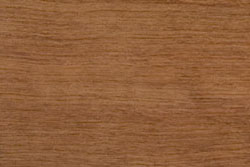
ORIGIN: Gabon
DESCRIPTION: Red colour. Density 700 – 900 Kg/m3
RECOMMENDATIONS: Can come in different grain patterns
USE: Guitar backs & sides

ORIGIN: Mexico
DESCRIPTION: Density: 990-1250 Kg/m3

ORIGIN: Europe
DESCRIPTION: It has a density of 610-630 Kg/m3.
RECOMMENDATIONS: It is easy to work with (similar to Beech).
USE: This wood is widely used to turn to make pens, bowls, and combinations with other species.
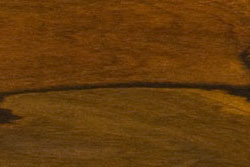
ORIGIN: Mexico
DESCRIPTION: Red colour with dark grain. Density 990 – 1250 K
RECOMMENDATIONS: Considered as one of the substitutes to Brazilian Rosewood The oil it contains can cause problems when gluing
USE: Guitar backs & sides Woodwinds
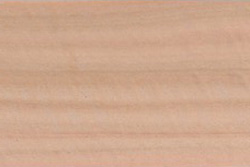
ORIGIN: Tasmania
DESCRIPTION: Density 748-830 Kg/m3
RECOMMENDATIONS: Store it at right temperature. Boards with interlocked grain frequently causes tear out during planning and other surfacing operations
USE: Guitar backs and sides . Laminate floor , railway sleepers
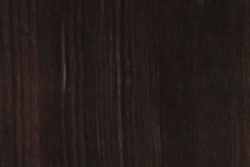
ORIGIN: South America
DESCRIPTION: It has a density of 1000 kg/m3. It has a heartwood pale to medium reddish brown
RECOMMENDATIONS: It is generally hard to work with on account of its irregular grain and high density.
USE: It is ideal for woodturning.
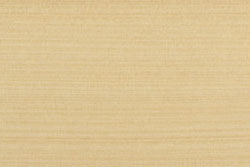
ORIGIN: Spain
DESCRIPTION: White / Light yellow colour. Density 400 – 600 Kg/m3
RECOMMENDATIONS: Great response
USE: Flamenco guitar backs & sides
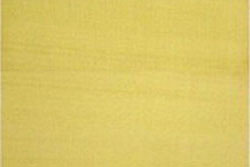
ORIGIN: Canada
DESCRIPTION: Yellow colour. Density 450 – 600 Kg/m3
USE: Top, back and sides
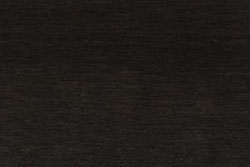
ORIGIN: Cameroon, Nigeria
DESCRIPTION: Black colour. Density 1000 – 1275 Kg/m3
RECOMMENDATIONS: Considered the #1 fingerboard material because of its smooth feeling, durability and aesthetics. Can crack easily when atmospheric conditions change
USE: Stringed instrument fingerboard Guitar bridge and head plate Woodwinds

ORIGIN: Central and southern Europe
DESCRIPTION: It has a density of 630-680 Kg/m3
RECOMMENDATIONS: It is easy to work, hard to split and very resistant to rot if it stays wet.
USE: It is used for woodturning, shipbuilding, mine piles, etc.

ORIGIN: Germany, Rumania
DESCRIPTION: White colour. Density 450 Kg / m3
RECOMMENDATIONS: Good quality tops are becoming scarce.
USE: Stringed instrument sound board, like guitar, violin and cello.
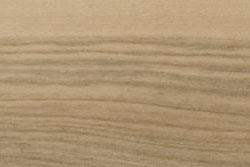
ORIGIN: Spain
DESCRIPTION: Different tones of brown. Density 700 – 780 Kg/m3
RECOMMENDATIONS: Used very much in the past for classic guitar making
USE: Guitar backs & sides

ORIGIN: Africa
DESCRIPTION: Black and white wood with a density of 1000 - 1275 Kg/m3
RECOMMENDATIONS: Cracks easily under temperature and relative humidity changes
USE: Fingerboards and box guitar
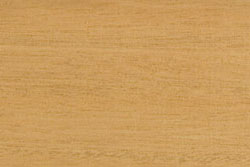
ORIGIN: Fiji
DESCRIPTION: Brown to reddish colour. Density 490 – 530 Kg/m3
RECOMMENDATIONS: Species not protected by CITES due to its origin, so it does not need a certificate for export.
USE: Acoustic guitar neck, back & sides Electric guitar & bass neck and body
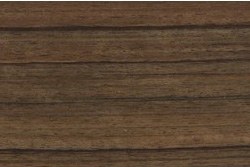
ORIGIN: Asia
DESCRIPTION: Density 1000-1300 kg/m3
RECOMMENDATIONS: It is a wood that can produce dermatitis, it is advisable to store at a suitable temperature to prevent breakage.
USE: It is mainly used for the manufacture of backs and sides, but due to its properties, it is also used in fingerboards, bridges and headplates.

ORIGIN: North America
DESCRIPTION: Density 630-700 Kg/m3
RECOMMENDATIONS: Sawing and machining are difficult. Maple has a tendency to burn when being machined with high-speed cutters such as in a router
USE: Electric guitar and bass necks

ORIGIN: USA
DESCRIPTION: White colour. Density 790 – 830 Kg/m3
RECOMMENDATIONS: Dens and durable
USE: Drum sticks

ORIGIN: Brazil
DESCRIPTION: Light Brown colour. Density 450 – 600 Kg/m3
RECOMMENDATIONS: Protected specie, under appendix III of CITES
USE: Classic guitar neck

ORIGIN: Guatemala
DESCRIPTION: Light brown colour. Density 1070 Kg/m3
RECOMMENDATIONS: Looks good and even better sound
USE: Xylophone Guitar backs & sides

ORIGIN: India
DESCRIPTION: Range of colours that go from light brown to dark mauve. Density 870 – 900 Kg/m3
RECOMMENDATIONS: Extensively Used because of its great characteristics
USE: Guitar backs & sides, fingerboards, head plates and bridges.

ORIGIN: Central America and northern South America
DESCRIPTION: Density 1150kg/m3. Heartwood is dark reddish brown to nearly black
RECOMMENDATIONS: Is considered difficult to work on account of its hardness, especially when brushing.
USE: Musical instruments, interior carpentry, joinery.
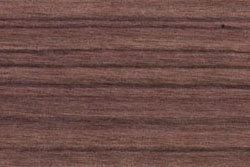
ORIGIN: Brazil
DESCRIPTION: Violet grain. Density 1020 Kg/m3
RECOMMENDATIONS: Nice sounding and looking wood
USE: Guitar fingerboard Woodwinds
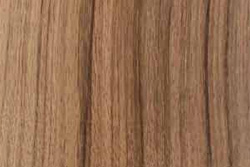
ORIGIN: India
DESCRIPTION: The color of the wood varies from light brown to dark brown with darker, and nearly black streaks.
RECOMMENDATIONS: Generally, it is easy to work, although sections with interlaced or irregular grain are more problematic.
USE: In addition to being used in the tuning forks of a variety of instruments.
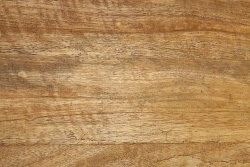
ORIGIN: Central Africa
DESCRIPTION: Density 600 kg/m3

ORIGIN: Europe
DESCRIPTION: Density 520-560 kg/m3.
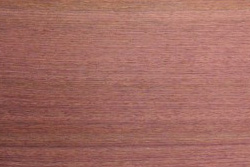
ORIGIN: Central and South America
DESCRIPTION: Density 950 kg/m3
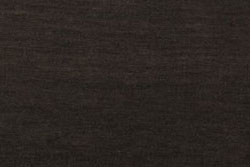
ORIGIN: Madagascar
DESCRIPTION: Black colour. Density 1050 – 1280 Kg/m3
RECOMMENDATIONS: More stable than African ebony, turns better and doesn’t crack so easy.
USE: Stringed instrument fingerboard Guitar bridge and head plate Woodwinds
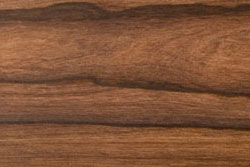
ORIGIN: Madagascar
DESCRIPTION: Light to dark brown colour. Density 920 Kg/m3
RECOMMENDATIONS: Most similar wood to Brazilian Rosewood in looks. Presents spider webbing and dark grain.
USE: Guitar backs & sides Electric guitar & bass fingerboard
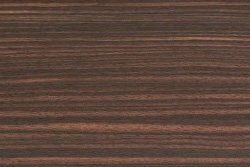
ORIGIN: Asia
DESCRIPTION: Density: 1000-1300kg/m3.

ORIGIN: Brazil
DESCRIPTION: Brown to reddish colour. Density 490 – 530 Kg/m3
RECOMMENDATIONS: Protected specie, under appendix II of CITES
USE: Acoustic guitar neck, back & sides Electric guitar & bass neck and body
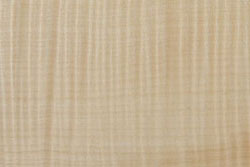
ORIGIN: Germany, Rumania
DESCRIPTION: White colour. Density 610 – 680 Kg/m3
RECOMMENDATIONS: Specially valued for its curl and other patterns like bird’s eye, quilt and spalt.
USE: Back, neck and sides for Violin, Viola, Cello and Double bass. Guitar backs & sides Electric guitar & bass body, top and neck
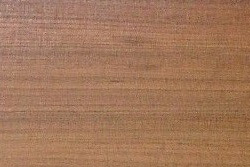
ORIGIN: Central America
DESCRIPTION: Density 800-1000 Kg/m3
RECOMMENDATIONS: Store it at right temperature. It is recommended to work with sharp blades
USE: Guitar backs and sides, fingerboards. Castanets and marimba

ORIGIN: South America
DESCRIPTION: Light Brown colour with dark grain. Density 950 Kg/m3
RECOMMENDATIONS: Interesting aesthetics
USE: Guitar backs & sides

ORIGIN: Africa
DESCRIPTION: Dark Brown colour. Density 1075 Kg/m3
RECOMMENDATIONS: Interesting aesthetics
USE: Guitar backs & sides adn lathe wood
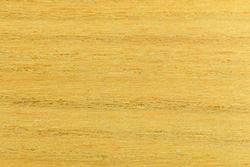
ORIGIN: Europe
DESCRIPTION: It has a density of 690 Kg/m3.
RECOMMENDATIONS: It responds well to both hand and machine tools. It turns, glues, and finishes well.
USE: It is used to make turned objects, fence posts and furniture.
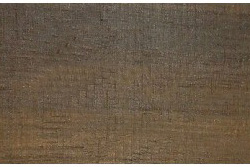
ORIGIN: Brazil
DESCRIPTION: Density 920 kg/m3.
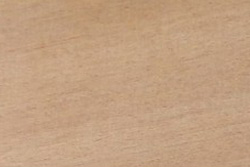
ORIGIN: Central Africa
DESCRIPTION: Density 450 kg/m3. Heartwood ranges from a pale pink to light brown
RECOMMENDATIONS: High silica content has a pronounced blunting effect on cutters
USE: Veneer, plywood, boatbuilding, furniture, interior millwork musical instruments
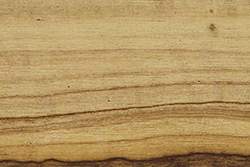
ORIGIN: It comes from Middle East (Syria and Anatolia).
DESCRIPTION: The fiber is irregular and it can sometimes be intertwined. It has a density of 850-1120 Kg/m3
RECOMMENDATIONS: It dries slowly so this process is delicate because it can get cuts and collapse.
USE: It is ideal for carving, turning, incrustations, …

ORIGIN: Gabon
DESCRIPTION: Different tones of green with marked grain. Density 725 – 820 Kg/m3
RECOMMENDATIONS: Similar to Rosewood but half the price
USE: Guitar backs & sides

ORIGIN: Gabon
DESCRIPTION: Bright red. Density 825 Kg/m3
RECOMMENDATIONS: Very stable
USE: Guitar backs & sides Xylophone

ORIGIN: Africa
DESCRIPTION: Red intesive colour with white grain. Density 825 Kg/m3
RECOMMENDATIONS: Interesting aesthetics
USE: Guitar backs & sides adn lathe wood
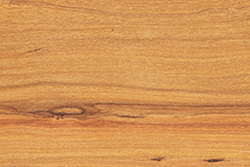
ORIGIN: Mozambique
DESCRIPTION: Pink-grained wood with a density of 1100 Kg/m3
RECOMMENDATIONS: Truly eye catching, very hard and lustrous.
USE: Guitar backs & sides

ORIGIN: Europe
DESCRIPTION: It is very popular in Europe and it has a density of 690 Kg/m3
RECOMMENDATIONS: Overall, it is easy to work with both hand and machine tools.
USE: It is used for lathe and carving.

ORIGIN: Brazil
DESCRIPTION: Light yellow. Density 1060 Kg/m3
RECOMMENDATIONS: Good sounding wood
USE: Woodwinds

ORIGIN: Europe
DESCRIPTION: Density 670 Kg/m3
RECOMMENDATIONS: Machining in unproblematic but it has a tendency to produce lint and can jam tools
USE: Phenolic Plywood Boards
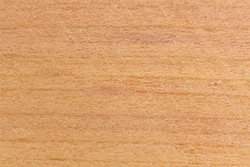
ORIGIN: Europe
DESCRIPTION: It has a density of 610-630 Kg/m3
RECOMMENDATIONS: The areas with straight and clear grain are easy to work with hand or machine tools.
USE: It is used in cabinetmaking and turnery, as well to make knife handles.
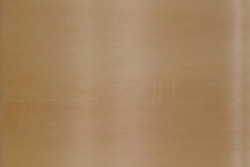
ORIGIN: Spain
DESCRIPTION: Density 480 Kg/m3
RECOMMENDATIONS: Easy sawing and machining. Glues, stains, and finishes well
USE: Musical instruments, pallets, crates, matches

ORIGIN: Central America
DESCRIPTION: Density 880 kg/m3
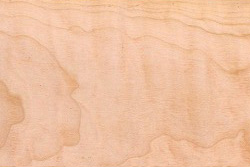
ORIGIN: North America
DESCRIPTION: Density 630-700 kg/m3
RECOMMENDATIONS: Machinery ,sawing and sanding can be difficult
USE: Electric bass and electric guitar body tops

ORIGIN: Central Africa
DESCRIPTION:Brown colored wood with a unique and special variation, a rarity of nature, its density is 950 Kg/m3
RECOMMENDATIONS: Interesting aesthetics
USE: Guitar backs & sides
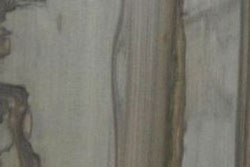
ORIGIN: EEUU
DESCRIPTION: 560 kg/m3
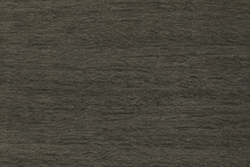
ORIGIN: Brazil
DESCRIPTION: Purple Heart variety subjected to a patented roasting process. Density of 900-1000 Kg/m3.
RECOMMENDATIONS: The only wood with a naturally uniform black color, not even ebony is so homogeneous
USE: Guitar backs & sides, fingerboards
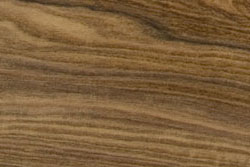
ORIGIN: Brazil
DESCRIPTION: Various tones of brown. Density 940 Kg/m3
RECOMMENDATIONS: Low price but good looking. Can produce allergies
USE: Guitar backs & sides, fingerboard, bridge and head plate. Electric guitar & bass fingerboards
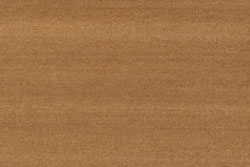
ORIGIN: Gabon
DESCRIPTION: Brown colour. Density 560 Kg/m3
RECOMMENDATIONS: Good substitute to genuine Mahogany
USE: Guitar backs & sides

ORIGIN: North America
DESCRIPTION: This wood looks like ash, its density is 495 Kg/m3
RECOMMENDATIONS: Acoustic characteristics similar to ash
USE: Electric Guitar body
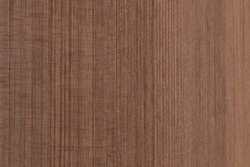
ORIGIN: East Coast North America
DESCRIPTION: 350-450 kg/m3.The color of the heartwood can vary from a light pinkish brown to a deep reddish brown
RECOMMENDATIONS: It is usually easy to work with hand tools or machinery
USE: Burls and other forms of figured Redwood are also used in turning, musical instruments
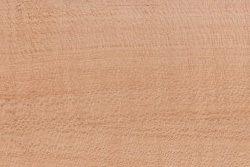
ORIGIN: Australia and South Africa plantations
DESCRIPTION: Density 600 kg/m3. Heartwood is a light to medium reddish brown with grey to light brown rays
RECOMMENDATIONS: Overall a fairly easy wood to work with, though there may be some difficulty in planning
USE: Musical instruments, veneer, cabinetry, turned objects and other small special items
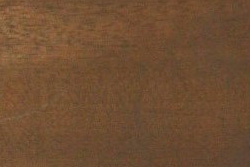
ORIGIN: Africa
DESCRIPTION: Density 590-660 kg/m3
RECOMMENDATIONS: Utile can be troublesome to work in some machining operations
USE: Electric and bass body guitars
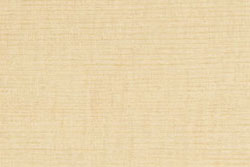
ORIGIN: Canada
DESCRIPTION: Off white. Density 400 – 450 Kg/m3
RECOMMENDATIONS: Good size logs.
USE: Stringed instrument sound board, especially acoustic guitar.
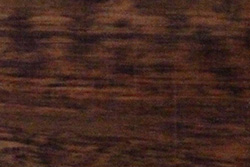
ORIGIN: South America
DESCRIPTION: It has a density of 1210 kg/m3
RECOMMENDATIONS: This wood is extremely dense and it usually blunts the cutters.
USE: It is ideal for woodturning
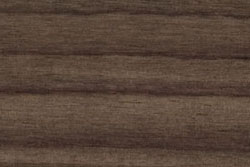
ORIGIN: Indonesia
DESCRIPTION: Range of colours that go from light brown to dark mauve. Density 820 Kg/m3
RECOMMENDATIONS: Like wide grain Indian Rosewood
USE: Guitar backs & sides, fingerboards, head plates and bridges.
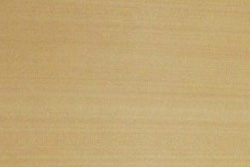
ORIGIN: South America
DESCRIPTION: Density 400-600 Kg/m3.
RECOMMENDATIONS: Sawing is difficult because of the knots. Smooth machining. Glues, stains, and finishes well.
USE: Guitar backs and sides
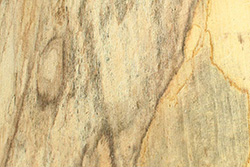
ORIGIN: Europe
DESCRIPTION: It has a density of 710 Kg/m3
RECOMMENDATIONS: Its drying is difficult since it presents risks of deformations, colorations and cuts.
USE: Ideal for lathe and knife handles.

ORIGIN: Europe
DESCRIPTION: It has a density of 640-670 Kg/m3
RECOMMENDATIONS: It presents resistance to bending under natural drying conditions with a medium hardness.
USE: It is ideal for lathe and carving as well to make knife handles.
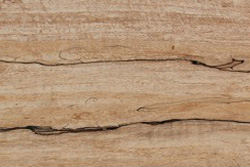
ORIGIN: North America
DESCRIPTION: Density 630-700 kg/m3
RECOMMENDATIONS: Cutting, machinery and sanding can be difficult. Suitable for steam bending
USE: Electric Bass guitar body tops and Electric Guitar body tops.
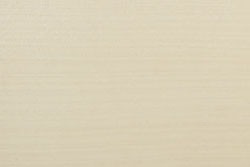
ORIGIN: Germany
DESCRIPTION: White colour. Density 620 Kg/m3
RECOMMENDATIONS: Like Maple without the curl
USE: Guitar binding, backs & sides
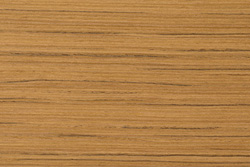
ORIGIN: Originally from Southeast Asia
DESCRIPTION: Its density is 750 kg / m3
RECOMMENDATIONS: The wood resists some acids, and it is classified as very durable against the action of fungi
USE: Shipbuilding, exterior and interior carpentry, and canes

ORIGIN: Brazil
DESCRIPTION: Pink grain. Density 1010 – 1040 Kg/m3
RECOMMENDATIONS: Dens, good acoustics and attractive look
USE: Woodwinds

ORIGIN: Gabon
DESCRIPTION: Dark brown colour. Density 720 – 900 Kg/m3
RECOMMENDATIONS: Nice finish
USE: Electric guitar & bass fingerboard and body

ORIGIN: Canada
DESCRIPTION: Orange / red colour. Density 350 – 400 Kg/m3
RECOMMENDATIONS: Nice sounding wood. Very stable.
USE: Guitar top

ORIGIN: Gabon
DESCRIPTION: Light colour with dark grain. Density 550 Kg/m3
RECOMMENDATIONS: Interesting aesthetics
USE: Guitar backs & sides

ORIGIN: Mexico
DESCRIPTION: Green colour with dark grain.
RECOMMENDATIONS: Very nice looking, cracks easily though.
USE: Guitar backs & sides
Save products on your wishlist to buy them later or share with your friends.

